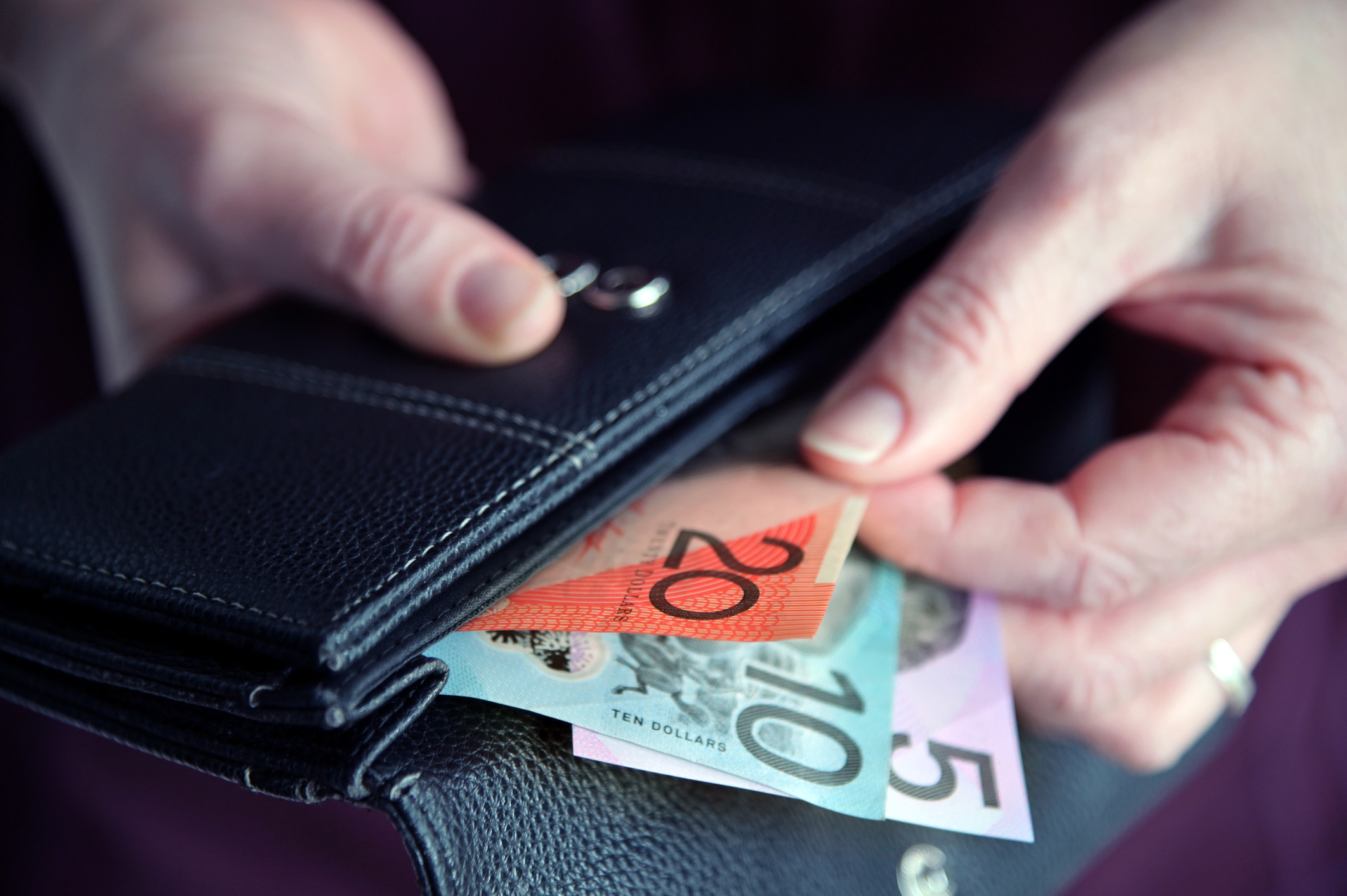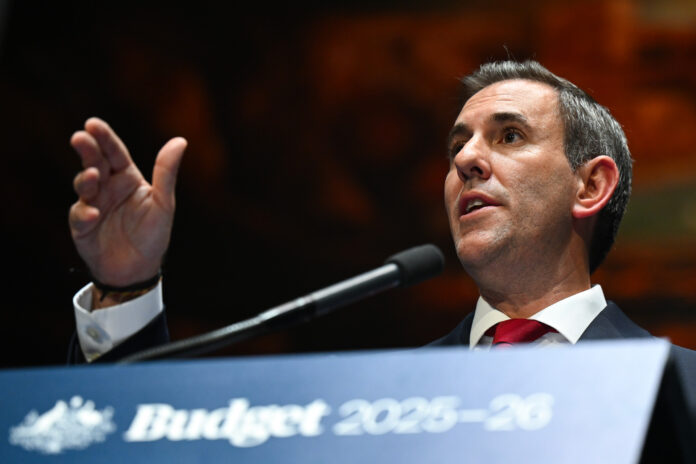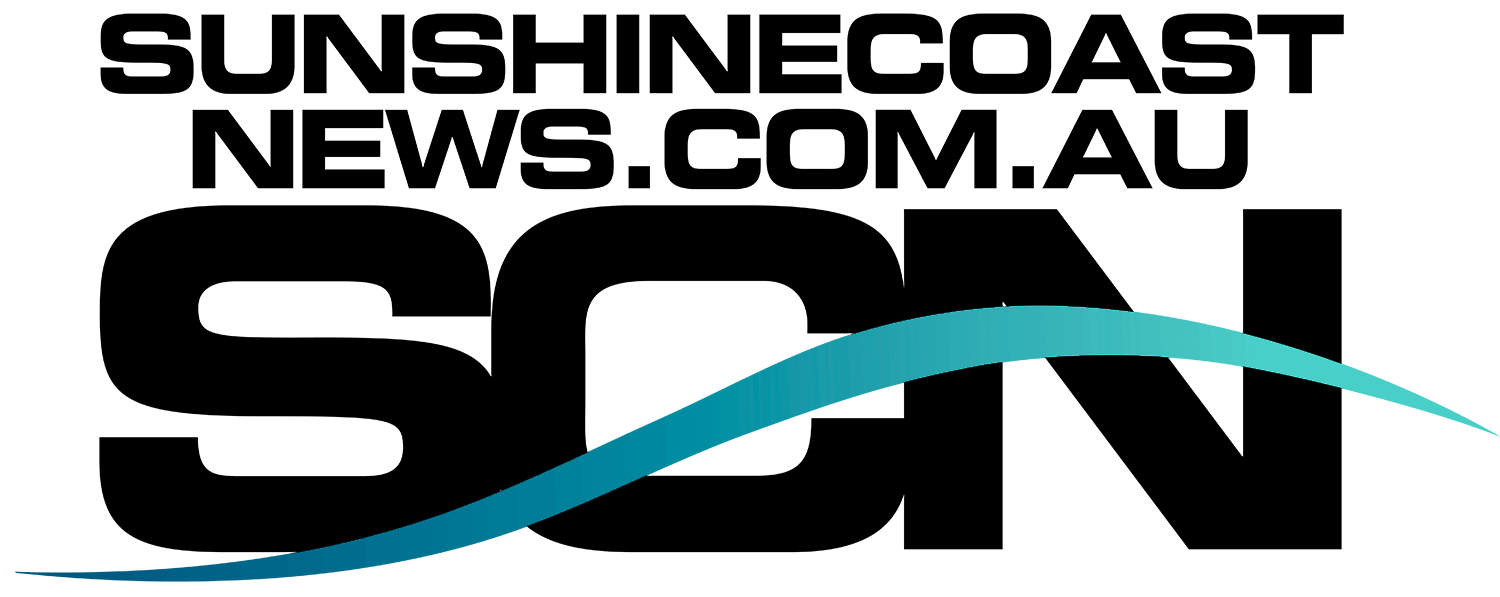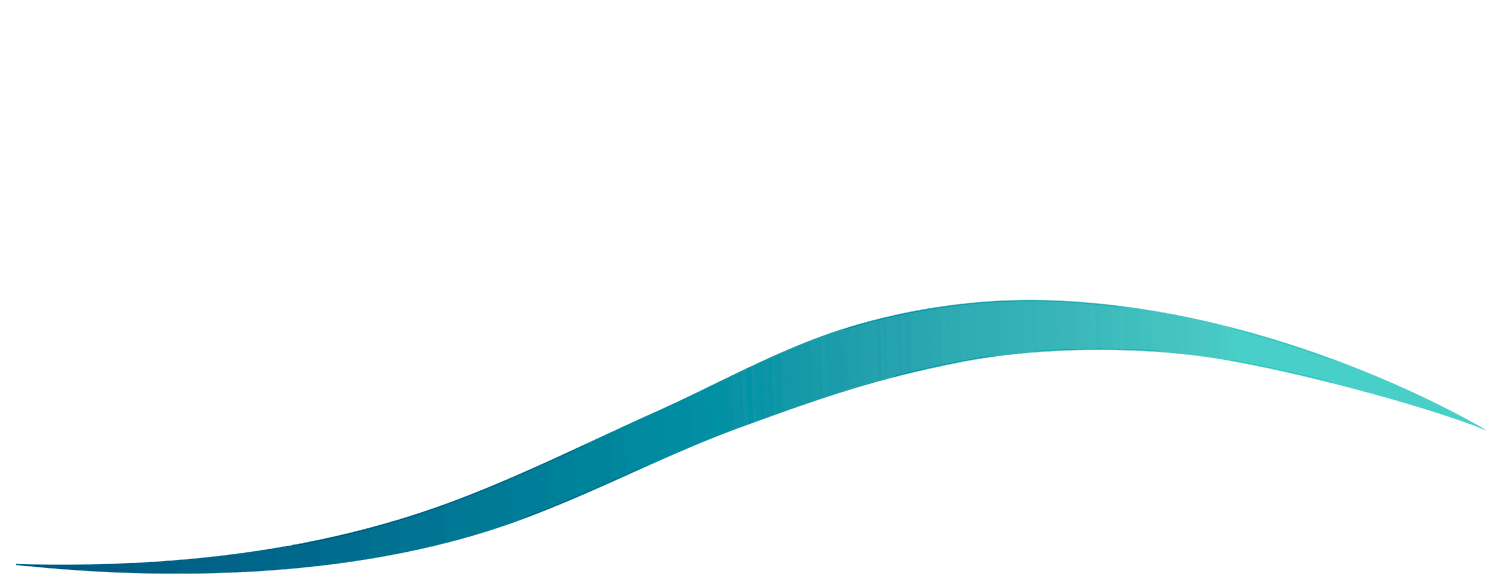Taxpayers are being promised $10 a week of relief in a pre-election sweetener, as Jim Chalmers lays out the economic case for a second term of a Labor government.
In his fourth federal budget handed down on Tuesday night, weeks before Australians go to the polls, the treasurer revealed the average earner would be $536 a year better off once the tax cuts are fully implemented.
But workers will have to wait more than a year before they get the first hit of additional hip-pocket relief.
The first round will be from July 2026, with those on an average income (about $80,000) getting a $268 boost, with the second round coming in from July 2027.
After the government’s 2024/25 tax cuts are included, it’s estimated taxpayers will be more than $2500 a year – or about $50 a week – better off overall in 2027/28.
Want more free local news? Follow Sunshine Coast News on Facebook, LinkedIn and Instagram, and sign up for our FREE daily news email.
The cuts will cost $17 billion over the next four years but Dr Chalmers said the first tax rate would be at its lowest level in more than 50 years.
“These additional tax cuts are modest but will make a difference,” the treasurer said.
The tax measures are among multiple cost-of-living measures that have been locked in by the government in a pitch to voters before the federal election, due to be held in May.
Dr Chalmers said the economy was “turning a corner” after previous years of high inflation, insisting better days were to come despite global uncertainty.
“The plan at the core of this budget is about more than putting the worst behind us. It’s about seizing the best of what’s ahead of us,” he said.
“We’ve come a long way, but there’s more work to do. This budget is our plan for a new generation of prosperity in a new world of uncertainty.
“It’s a plan to help finish the fight against inflation.”
The budget comes as Australia and other countries brace for further tariffs imposed by US President Donald Trump, after he targeted steel and aluminium exports.

A $20 million Buy Australia campaign will be set up in response to the tariff threat, which will encourage shoppers to buy local products.
The treasurer said the budget was a “platform for prosperity in a world of uncertainty”.
Among the cost-of-living measures already announced were a further $150 in power bill relief for households and one million small businesses, to be handed out in two lots of $75 rebates through to December, under an $1.8 billion package.
Health measures have been reiterated through $7.9 billion to expand bulk billing to 90 per cent of GP appointments by 2030, and an extra $644 million to build more urgent care medical clinics.
Scripts for medicines on the Pharmaceutical Benefits Scheme will also be capped at $25 for non-concession card holders.
The low-income threshold for the Medicare levy has also been lifted by more than $1200 for singles and about $2700 for families.
Student loans would also be cut by 20 per cent for all three million people with a HECS debt, which would wipe $16 billion from all balances.
From July, students can also earn more before they would have to repay their remaining debt, with the threshold rising from just over $54,000 to $67,000.
The budget also included funding for the consumer watchdog to crack down on misleading conduct by major supermarkets, with more than $38 million set aside.
An extra $240 million will also be spent for states and territories to relax planning laws to allow more supermarkets to open and increase competition in the sector.
First home-buyers will also be helped through an $800 million expansion of the Help to Buy scheme, which allows people to purchase a property with a lower deposit.
The government will set aside almost $6 million to enforce a ban of foreign buyers purchasing a home in Australia for two years, which starts in April.





